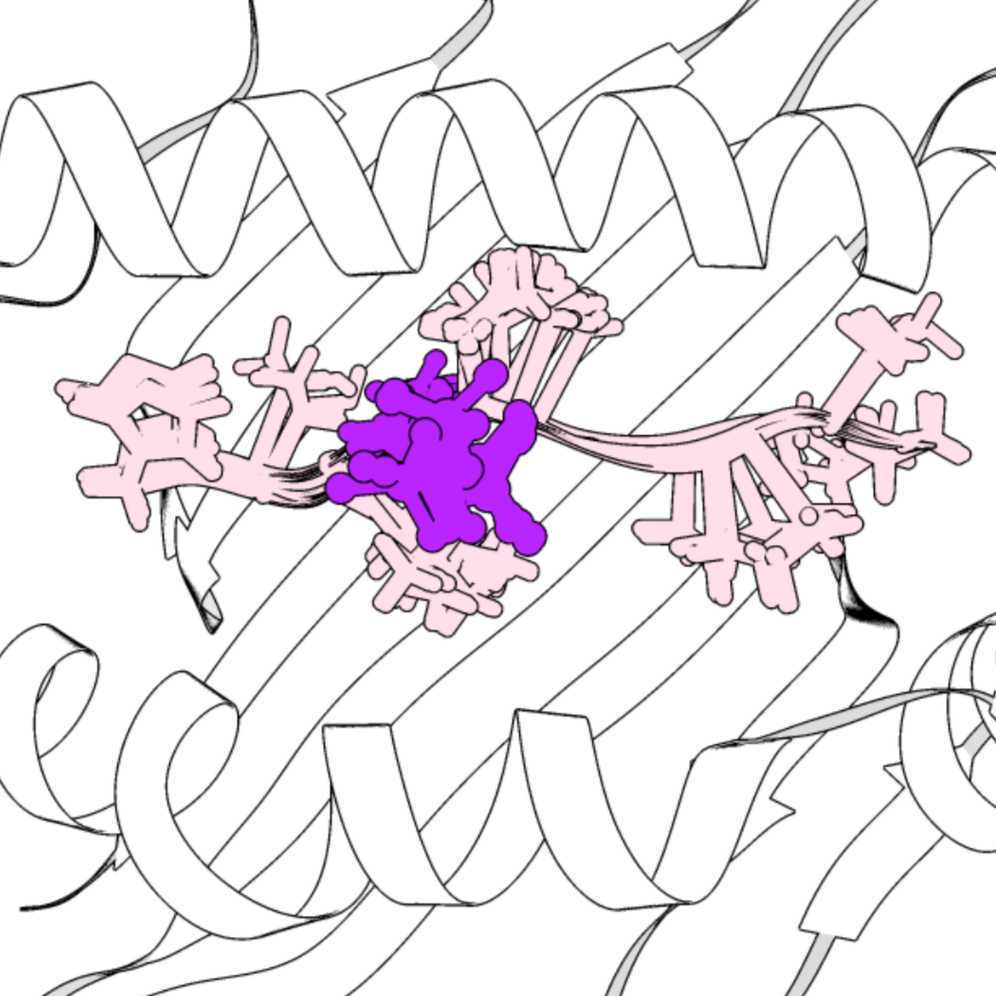Jan 12, 2022
Miraprep: Fast Plasmid Prep
- 1Memorial Sloan Kettering Cancer Center

Protocol Citation: Zaki Molvi 2022. Miraprep: Fast Plasmid Prep. protocols.io https://dx.doi.org/10.17504/protocols.io.b3q3qmyn
License: This is an open access protocol distributed under the terms of the Creative Commons Attribution License, which permits unrestricted use, distribution, and reproduction in any medium, provided the original author and source are credited
Protocol status: Working
We use this protocol and it’s working
Created: January 12, 2022
Last Modified: January 12, 2022
Protocol Integer ID: 56827
Disclaimer
DISCLAIMER – FOR INFORMATIONAL PURPOSES ONLY; USE AT YOUR OWN RISK
The protocol content here is for informational purposes only and does not constitute legal, medical, clinical, or safety advice, or otherwise; content added to protocols.io is not peer reviewed and may not have undergone a formal approval of any kind. Information presented in this protocol should not substitute for independent professional judgment, advice, diagnosis, or treatment. Any action you take or refrain from taking using or relying upon the information presented here is strictly at your own risk. You agree that neither the Company nor any of the authors, contributors, administrators, or anyone else associated with protocols.io, can be held responsible for your use of the information contained in or linked to this protocol or any of our Sites/Apps and Services.
Abstract
An adaptation of the original miraprep protocol published by Pronobis et al. PLoS One (2016).
Introduction
Introduction
My adaptation of the miraprep method originally published by Pronobis et al. The miraprep method is highly preferred since plasmid prep kits larger than minipreps take too long and require scarier, louder centrifuges.
Protocol
Protocol
- Inoculate an overnight culture in 2xYT and appropriate antibiotic1
- The next day, pour confluent culture into 50 mL tubes and centrifuge at 3500rpm 4C for 10-30 min.
- Decant supernatant
- Resuspend each tube in 2mL Qiagen Buffer P1
- To each tube, add 2mL Qiagen Buffer P2. Invert tubes several times and let sit for 3 min.
- To each tube, 2mL Qiagen Buffer N3. Invert tubes several times and let sit at RT for about 5 minutes or until debris forms a distinct layer on top of the lysate
- Harvest lysate from bottom layer without touching cell debris and filter through a 0.2-0.4um filter2
- Add 1mL lysate to as many Qiagen spin columns as needed
- Spin at max speed in tabletop centrifuge for 1 min.
- Discard flowthrough, add 1mL Buffer PE to each spin column
- Spin at max speed in tabletop centrifuge for 1 min.
- Discard flowthrough, spin again at max speed for 2 minutes.
- Place each column on an eppendorf tube
- Add 100uL nuclease-free water to each column and let sit for 2-3 min.3
- Spin each column at max speed for 1 min to elute plasmid.
- Collect and pool eluate.
Notes
Notes
1. 2xYT is or another rich medium is preferred over LB for higher plasmid yield
2. Filtering the lysate precludes the 10 min. spin step used to clear the lysate
3. I prefer eluting in water over Tris/Buffer EB for better Sanger sequencing and electroporation results
